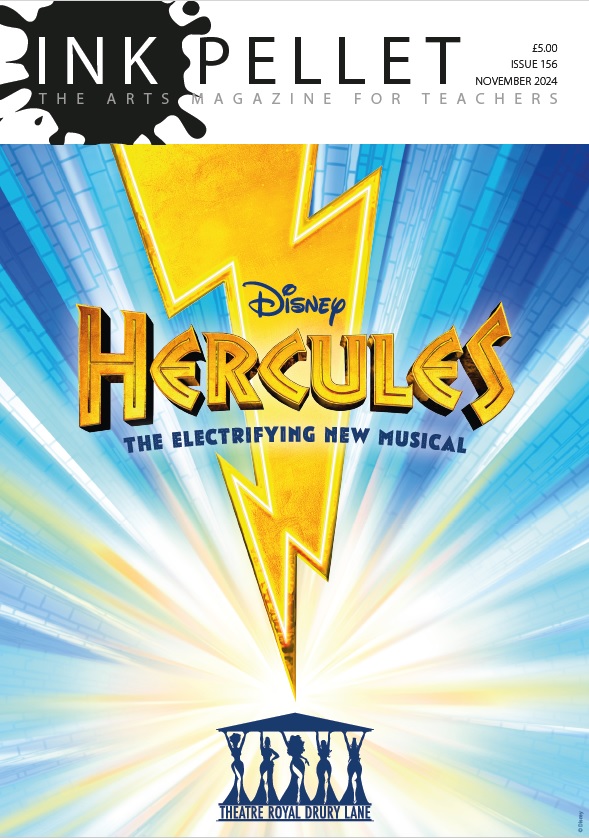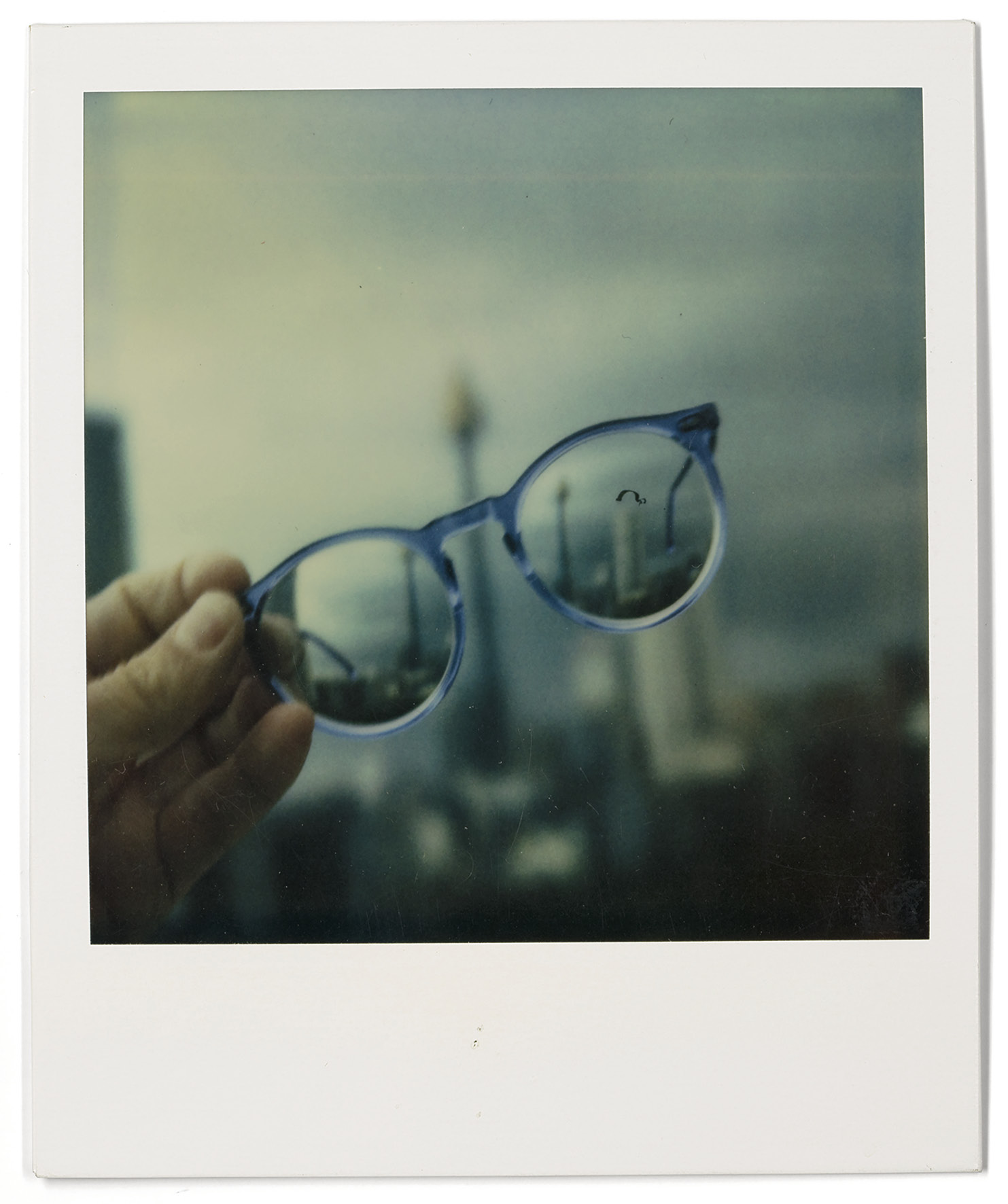Graham Hooper compares two contrasting photography exhibitions currently showing in London
There’s an idea that photographers have always divided roughly into two camps: the hunter and the farmer. The first, exemplified by the archetypal street photographer, seeks out their prey and ‘shoots’ it. They move from place to place looking for essentially the same material. Meanwhile, their counterpart prefers to find harvest in the same ground, over and over, enriching the soil after each season’s crop. Whilst the current situation is more complicated than that on the whole, this duality of approach and purpose is beautifully and effectively explored in a pair of exhibitions at The Photographers Gallery (“Wim Wenders: Instant Stories”) and also in the capital at the Whitechapel Gallery (“Thomas Ruff: Photographs 1979 – 2017”). Together they provide a virtual textbook of the possibilities open to photographers working today, and historically, in shows that are as celebratory as they are enchanting.
It is a simple and convincing belief, often held, that modern photography began in America with two key players, Robert Frank and Walker Evans, roughly contemporaries and friends in life. Evans had worked in the documentary tradition, working for the government during the Great Depression to record, objectively but sensitively, the plight of poor farm workers. Alongside this he took it upon himself to record in the same manner all that he saw as archetypal and vernacular; buildings, interiors, objects. He did much to establish the idea that photographs could tell stories, the truth, plain and simple. His compositions were wonderfully symmetrical. His viewpoint was not too distant but nor was it ever too involved. Robert Frank by contrast was intimate and involved. Travelling America in the late 50’s, alongside the Beatnik generation, his view was a sideways glance, all blur and quirky angles. This he felt was a more genuine depiction of life as he saw it.
Perhaps the two standpoints are two sides of the same coin, which together are able to present a picture that is comprehensive and real. Today Wim Wenders, better known as a film-maker of German birth but fascinated by all that is American (in particular with the road movie as a genre), and Thomas Ruff, a descendent of the Dusseldorf School of photography, who continue with their distinctive approach that is exploratory certainly, but keenly analytical and conceptual rather than overtly emotional and personal.
The pairing of shows couldn’t be better, exemplifying as they do the two methods available to the camera user, hunter or farmer. I’ll be taking students up to see both shows in a day, and not just because they’re just a few stops from Waterloo, and then from each other on the Central Line. For students they provide ideal blueprints for working. Wenders, we now discover, has used a Polaroid since it’s earliest days in the early 1970’s, to record, diary-like, potential film locations, documentary shots by way of ensuring continuity or simply as a visual notebook to jot down alternative compositional ideas. Taken together across the two exhibition spaces of the Photographers Gallery, they provide a seamless journey, indeed an instant story, but with chapters within chapters, character studies as vignettes along the way, and short fictions, his films in still images, within the overarching narrative of his career.
Meanwhile Ruff has worked across every possible genre in clearly demarcated bodies of work, each lasting a few years, and with start and stop points once ideas are resolved and concluded visually. Unlike Wenders whose films could almost blur into one, with the journey as an underlying theme, Ruff has looked at each historical genre in turn, updating it for the contemporary audience.
Portraiture is a reoccurring theme for Ruff, as focussing on protagonists is for Wenders (as opposed to plot development). There are the passport-style images that pair a deadpan aesthetic with a monumental scale creating strange contradictions. These people look utterly ordinary and indeed they are, but shown with detail, and at a size that we’d more commonly associate with large promotional film posters (though devoid of any explanatory text) or propaganda reserved for dictators. Wenders’ people are real, human, full of needs and hopes. They couldn’t be more different.
Likewise with locations and landscapes – another stock subject. Wenders shows us an old garage, through the car windscreen, in the snow, deserted. The composition is skewed – it’s a snatched glance after all. The cool blue light could be the moon or a neon sign gently illuminating this Americana film set. Like all his shots it’s a superb opening to a movie. The scrunched up map on the dashboard is open on a lake by the looks of things, one that would be frozen over on a day like this. There’s an ominous pair of lorries in the distance, waiting. I can hear the radio, and imagine the talk show host cutting to some country and western. The wipers like blinking eyes, refreshing our view intermittently. We are literally in the driving seat. Point of view as they call it is film speak. Action is about to take place, and we are involved. I am the lead actor here.
When Ruff considers place as a area of concern and interest he takes on the approach of a commercial photographer (yes, he goes into role it seems). We are shown an anonymous factory or hotel as if up for rent. The fact that these two very different kinds of real estate could be so easily interchangeable is very telling and weirdly comical actually. Each viewed with the same trademark three-quarter view, efficiently describing the front and sides of the structure simultaneously, they are drab and dreary. The weather is flat (unlike the images which emphasise the building’s three-dimensionality). Would you want to live, stay or work here? They have a beauty to them. Their form, like a child’s toy-town model, is pleasing in its plain geometric shape. He has used post-production to take out a street light or tree that he has deemed spoils the overall effect. The re-touching is subtle, invisible actually, and leaves the impression that they are all too real and unaesthetic. If you were going to alter these places couldn’t you make them more exciting and attractive? But that’s precisely the point.
Moving onto still-life – another central category of art. Ruff has a whole project devoted to machine parts. They are again big, and close-up so as to allow for careful, detailed scrutiny. They are actually taken from old service manuals or commercial archives and blown up by him. Reminiscent of technical drawings from a pre-computer aided design age. They are exquisite in their clarity, precision and uniformity. But we see them in their pre-editing form, with a date stamp in the corner for the publisher, or a number indicating the make and model for this particular part of a much larger industrial object. They are coloured in 1940’s tool illustration blue-grey. These are celebrations of human engineering made sinister. Metallic sculptures we would not normally see, but here are allowed to relish.
Wenders has objects in his shots, often cameras actually, and of course different kinds of Polaroids pop up, so this is almost a history of the object itself. The classic SX-70 gets replaced by a later fold-out iteration. His objects are props. They are handled, real, a pair of glasses is being cleaned, a typewriting by a window is waiting for the scriptwriter to return. They might be in the background, just part of the scene. They may even be slightly out of focus or silhouetted. His images are not designed to be scientific documents. They are a moment in time and place, the natural flow of life, remembered for the overall ambience. Just part of the story.
Ruffs images at times might suggest narratives. His early Emperor sequence has him slumped drunk, exhausted, playing out or dangerously collapsed (he was his own model in his student days), and they act as a series of stills. His night shots have all the hallmarks of stalking and surveillance but these are constructed. Made to look that way. He is being playful but tackling big ideas about how digital imagery might be used today. Cameras show us the very furthest depths of space or catch criminals viewed using infrared technology. Photographs show us the news as it unfolds on our screens, in our pockets, live. The next moment we are being sold something sensuously arranged in a catalogue. Wenders one-off polaroids appear there and then, and will fade over time. They are small, individual histories. They remind us of lost loves, funny occasions, the sublime sunset as viewed from the Empire State. They are magical and lyrical.
The photography critic Gerry Badger once suggested that photography is either fact, fiction, metaphor or poetry. It is often actually a combination of all these. The work in these two complementary shows currently on display in London tell us all we need to know about what photography can do and does. It’s a useful opportunity to begin our own journey, to share a common story.



